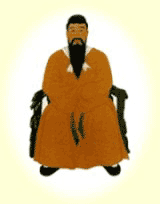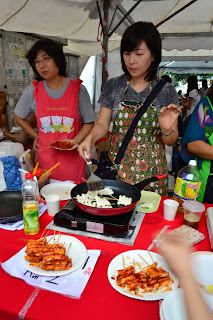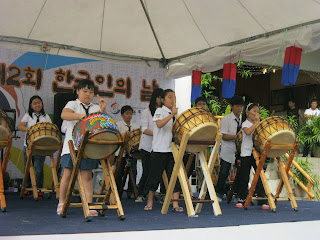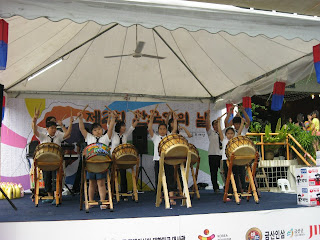In the middle of the winter when temperatures hover below zero, there's nothing more tempting than a relaxing soak at “oncheon”, or hot springs, a popular destination for those wanting to escape the cold.
Korea is known for its numerous hot springs, which are filled with various minerals and elements such as alkaline, radium, sulfur and sodium. The mineral-rich water is supposedly good for one's health by stimulating blood circulation, combating fatigue and helps cure various skin diseases like arthritis, anemia, neuralgia (painful nerve disorder), high blood pressure and certain gastrointestinal diseases.
I would like to introduce the most popular and conveniently accessible hot springs in Korea!
Dogo Hot Springs
Dogo is the most famous hot springs area in terms of scale and facilities in Asan, South Chuncheong Province, home to the oldest hot springs in the country. It has been famous since the ancient Shilla Dynasty for its medicinal water. Legend has it that a king of the Shilla Dynasty during the Three Kingdoms Period (57 BC-668) visited Dogo Hot Springs, said to be the oldest in Korea, to bathe his battle wounds and was able to regain his health. Starting development 200 years ago, Dogo is known for natural sulfur hot springs considered as one of the best four in Asia. They are said to be effective in treating neuralgia, skin diseases, digestive ailment, arthritis, and rheumatism.
Paradise Spa Dogo in Asan, South Chungcheong Province
Seorak Waterpia: Sokcho, Gangwon Province
- Hot Springs with Sunrise
This is the most popular travel destinations that thanks to good-quality hot spring, water and romantic winter beach on the East Sea and fresh seafood. The city is home to Korea's largest hot spring theme park, Seorak Waterpia, at the famous Mt. Seorak. It never runs out of hot spring water as 3,000 tons of alkaline sodium bicarbonate water is pumped out from 680 m underground at 49 degrees Celsius a day. It is also one of the places where people can see the sun rise faster than anywhere else in the country.
 |
| Outdoor hot spring in Seorak Waterpia |
 | |
|
Toechon Spa Green Land
Toechon Spa Green Land in Gwangju, Gyeonggi Province near Seoul has over 60 pools and is an ideal location for families. It also houses an herb garden and offers various events every day such as authentic Chinese circus and a magic concert.
 |
| Foot bath in Toechon Spa Green Land |
Just a few minutes spent in these hot springs would certainly relax you and make you “feel brand new.”
Why not try to schedule a trip to one of Korea's many hot springs? =)
Posted by XY










































